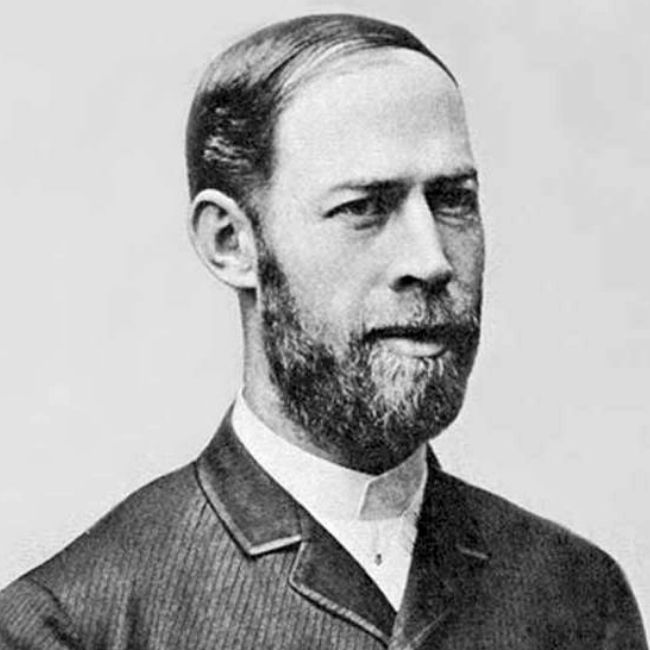
Heinrich Rudolf Hertz
Recommended for Biography
Discover the fascinating world of Heinrich Hertz in this must-watch video shared by the one and only Manish Reddy on YouTube!
Curious Times is a leading newspaper and website for kids. We publish daily global news aligned to your learning levels (also as per NEP 2020): Foundational, Preparatory (Primary), Middle and Senior. So, check out the News tab for this. We bring kids’ favourite Curious Times Weekly newspaper every weekend with top news, feature stories and kids’ contributions.
ME – My Expressions at Curious Times is your place to get your work published, building your quality digital footprint. And it is a good way to share your talent and skills with your friends, family, school, teachers and the world. Thus, as you will step into higher educational institutes your published content will showcase your strength.
Communicate with us: Instagram.
0 (Please login to give a Curious Clap to your friend.)
